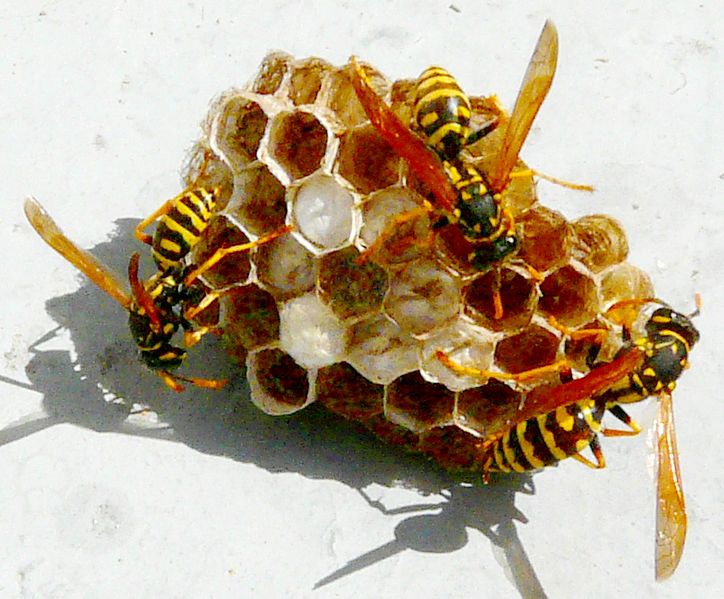Wasp stings can be painful. However, most of the individuals recover swiftly with no complications. Wasp stings are known to be very common, particularly during the warm seasons of the year. According to clinical records, about 10 percent of the people who are stung by the wasp or other insects such as a bee can develop severe complications referred to as anaphylaxis. This happens due to severe allergic reactions, especially when the body responds to the wasp venom. These reactions can be life-threatening if not treated quickly.
Note that wasps have a stinger for self-defence. This stinger contains venom that is passed to people during a sting. Wasp’s venom can result in irritation, redness and pain. Call us for expert wasp removal services.
Symptoms of Wasp Stings
Many people stung by a wasp will develop swelling, pain and itching at the site of the sting. In some cases, one is able to notice or see a tiny white spot in the middle of the raised welt on the site the sting pierced the skin. The poisonous venom will cause the skin to be itchy, but this will recede within the next few hours depending on your body’s reaction to this poison.
However, some people can have large local reactions to wasp stings. It is worth noting that “large local reactions” is normally a term that describes severe symptoms due to an insect sting. But this reaction is not life-threatening like anaphylactic shock. Large local reactions are characterized by swelling and redness that can last for two days after the sting.
Wasp stings can also cause extreme or strong allergic reactions known as anaphylaxis. This reaction is rapid and can lead to death. It is characterized by severe swelling of the face or throat, breathing difficulties, vomiting, rapid or weak pulse, dizziness, drop in blood pressure and loss of consciousness.
Treating Wasp Stings
When the skin is itching and irritating, look for calamine lotion or hydrocortisone cream and apply gently on the affected area to control the pain. In addition, colloidal oatmeal and baking soda can also be used to alleviate discomfort. It can be used with medicated skin creams or in the bath.
If the reaction is mild, you can treat it at home. Just wash the punctured area with clean water and soap to get rid of venom. Find a cold pack and apply on the affected area in order to control swelling and pain. Cover the wound with a bandage if possible to prevent any infection.
In the case of strong allergic reactions, instant medical attention is required. To reduce the condition, administer Epi- Pen as soon as possible and call a doctor immediately.

